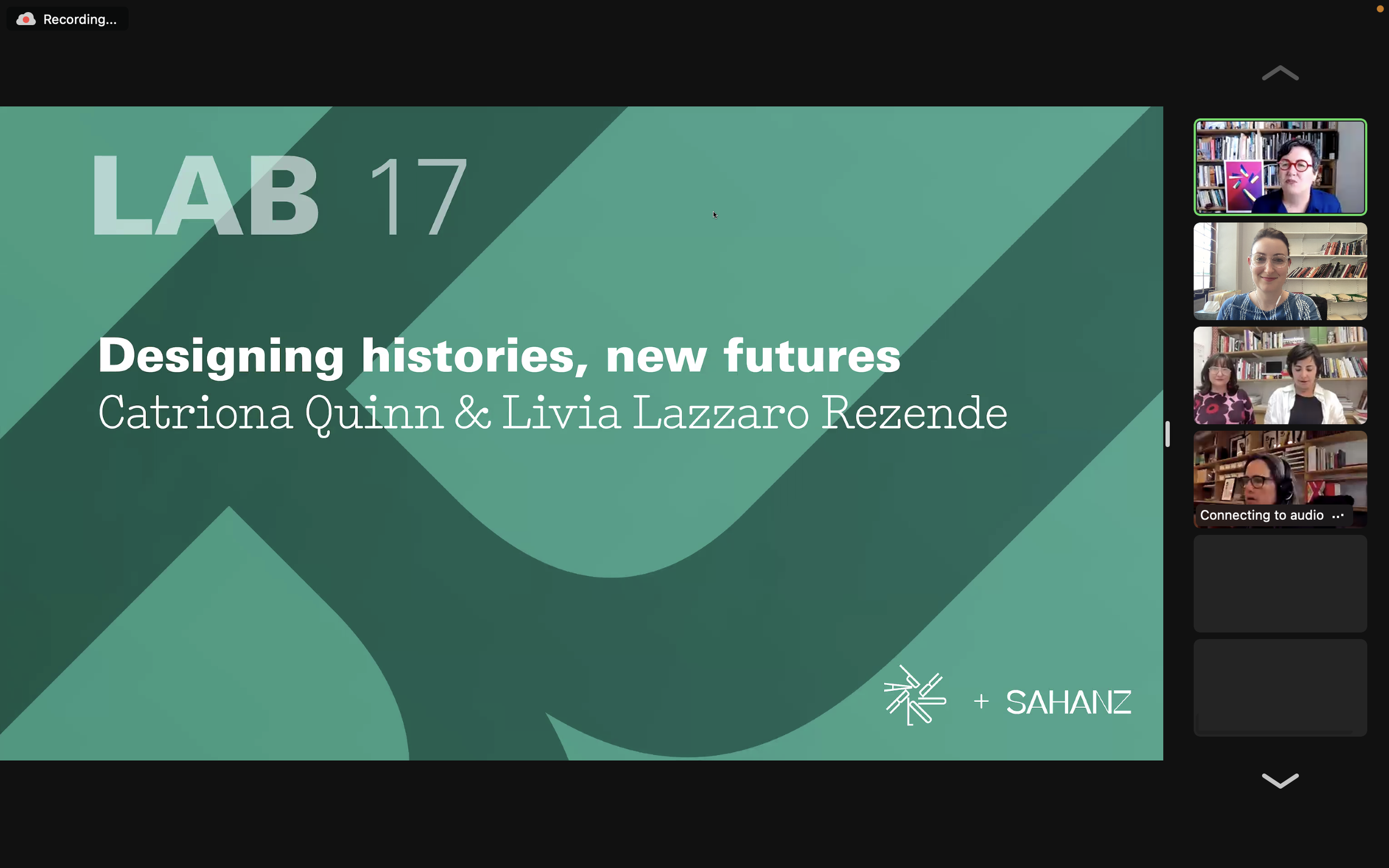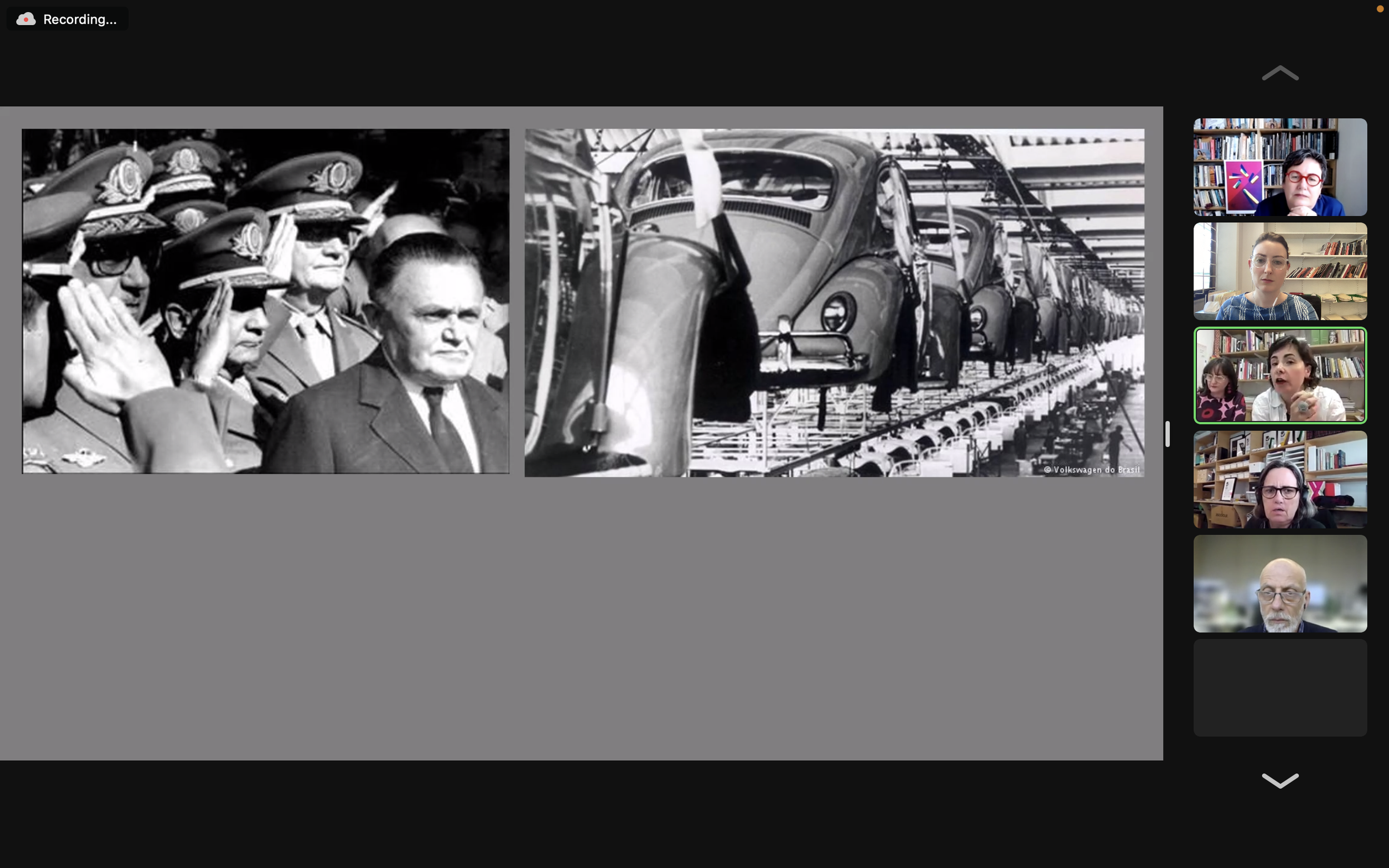You can watch the seventeenth Parlour LAB, and last for the year, here!
Our modes of architectural discussion do not always encourage complex understandings of the past. This means that we are deprived of the colour, nuance and variety that can help us understand new ways of moving forward. So why have some styles, practices and people been cast to the margins of history? Why is architecture and design taught and discussed through the lens of individual architects, especially the male “star-chitects”? And what impact does this have on our profession?
With backgrounds in museum curation and industrial/graphic design respectively, both Catriona Quinn and Livia Lazzaro Rezende challenge the over-focus on buildings-as-objects and architects-as-heros narratives. They encourage us to look for client histories, collaboration histories, labour histories and material histories of design so that our real histories, stories and cultures can shine. This can tell us about the society we are building as we design.
Through the stories of interior designers and their clients, Catriona shares untold stories about alternative expressions of identity and culture. These have escaped attention because interior design is often perceived as a “feminine,” and therefore less valuable, profession concerned with inconsequential colours and decorations. Her thesis reveals a more nuanced understanding of modernity determined by the home as the locale of modern life rather than prescriptive aesthetic values. Catriona reminds us that in order to find new ways of looking at things, we need time and investment.
Livia aims to understand design within its broad context as part of transnational networks. Design has had important and powerful roles in imagining new futures, particularly at times of political upheaval. Modernity was often used as a tool for local nation building, but was often deployed as a narrow aesthetic value for political power. She told counter-narratives of Brasilia, which was constructed by workers who had to live in self-constructed dwellings out of concrete sacks and leftover materials and did not have a female bathroom for 55 years. If more of these stories are uncovered and told in spaces of learning, we might be able to challenge how we understand ourselves.
A key takeaway from our speakers was that architecture and design magazines set expectations for our focus and what we collectively agree to aspire towards. To move beyond the idea of buildings and spaces as objects or static images, published photographs should include people, life, labour, construction, teams, etc.






